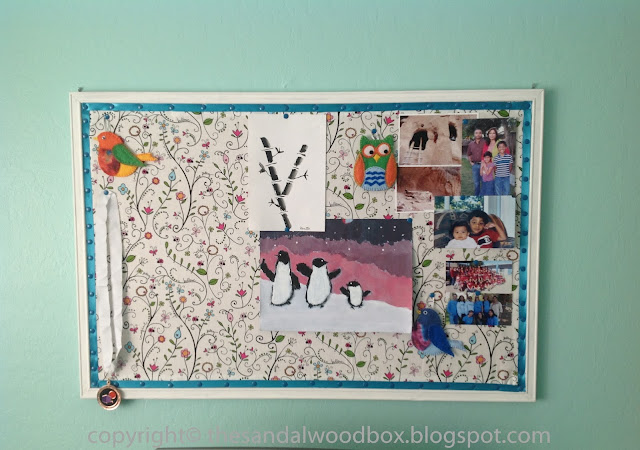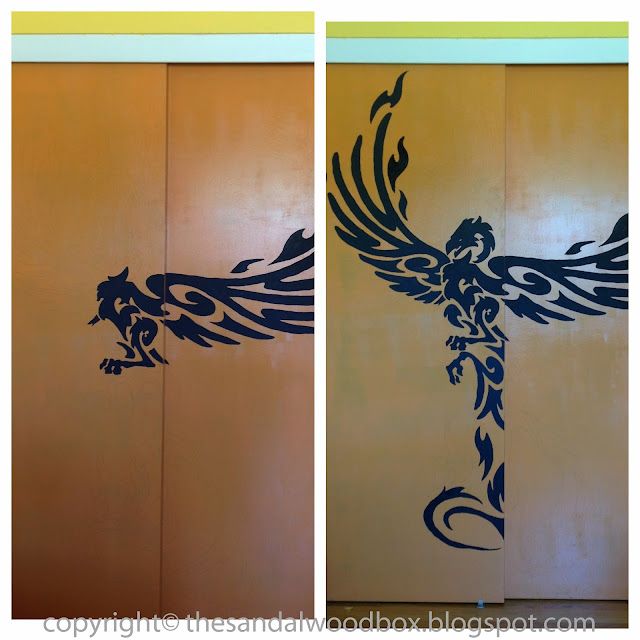I remember when we had these stainless steel trivets at
home….come to think of it every utensil or decorative item was stainless steel,
aluminum, or iron in the kitchen. I think it was because of the affordability, rough
use proof, and ease of care; glassware was such a luxury. Anyway, I remember these
round concentric ringed raised stainless steel trivets that we used to set hot
containers on, in the kitchen and at the dining table.
Trivets and coasters have come a long way and because of
our fascination with them, the vast variety of them available in the market is
mind boggling. It is no longer just a thing to hold hot pots, it is a decorative
statement in the house. Every imaginable style is available; cow, pig, rooster,
or animal themed to fruits and leaves, Christmas and Halloween style to ultra-modern
sleek looking ones. And made from wood, plastic, metal, tile, and many other
creative materials.
I think you can probably guess my choice and taste in
this too. I love the global market stuff you find at the world import stores
but they seem ridiculously expensive. Besides every time I look at them, I
think, “I can make those”! I have some beautiful ones that I bought from India but need a few larger ones too. Plus rotating some decor and design elements keeps the room fresh and interesting.
And so for the longest time I have been wanting to make some stenciled coasters and trivets for use on the coffee table and the dining table. And I have a
gazillion other ideas for coasters, hope to make some of them to give as gifts. So this
particular set that I made recently are not necessarily to hold very hot stuff
but as a surface to set your glasses, plates, or warm dishes.
Instructions:
- I chose dense good quality plywood for this project. I bought a sheet of plank and sawed it into six 6X6 squares. I sanded the edges with coarse grit sandpaper to gently smooth and round them out.
- I painted the squares with acrylic paint in vivid jewel toned colors and let dry completely.
- You will need the following supplies for the next step: metallic acrylic paint in brilliant gold, bronze, antique gold, etc. spouncers, and variety of stencils. (spouncer is just a funny word for a basic pouncing brush).
- Tape the stencil to the square making sure the stencil lies flat. You can also use a very light spray of temporary spray glue on the back of the stencil to hold in place. A tip to remember is that when storing or safekeeping stencils make sure to lay them between sheets of cardstock kindof paper or a hanging file folder so that the stencil plastic doesn't get bent or warped.
- Dip the pouncing brush in paint and dab the excess off on a paper towel. You don't want a loaded brush as you will not get clean lines of paint and the paint could also get under the stencil.
- Using a straight up and down motion, pounce (for lack of a better word) the brush onto the open spaces in the stencil. The paint will be faint and a bit uneven but you can go over those spaces again after a minute or two of drying, again with an almost dry brush. I liked the uneven look as it shows age and gives an antique look. If you like clean lines and even coverage you can use a paintbrush instead of a pouncing brush but again make sure the brush is almost dry.
- Peel the stencil after the paint is dry. One last step is to attach a square piece of felt to the underside of the coasters. I used hot glue to attach them. You can also use round rubber discs to serve as grippers.












